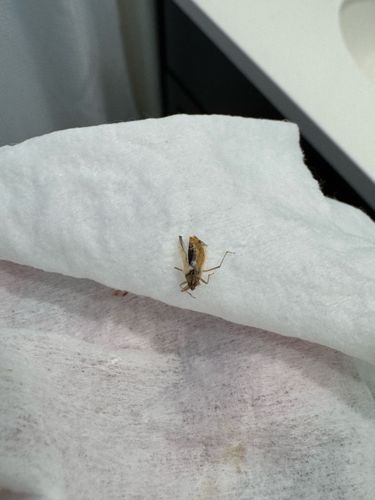Crane Fly
Scientific Name: Tipula species (or other genera within Tipulidae)
Order & Family: Order: Diptera (True Flies), Family: Tipulidae
Size: Typically 10-60 mm (0.4-2.4 inches) in body length, with very long, slender legs that make them appear much larger.

Natural Habitat
Adult crane flies are commonly found in moist environments, such as near streams, ponds, wetlands, and damp woodlands. They are also frequently seen in gardens, lawns, and even indoors, attracted to lights. The larvae live in moist soil, decaying wood, or aquatic environments.
Diet & Feeding
Adult craneflies generally do not feed, or they may feed on nectar. Larvae (known as 'leatherjackets') are detritivores, consuming decaying plant matter, roots of plants, or sometimes small invertebrates in moist soil.
Behavior Patterns
Craneflies are often attracted to light at night. The adults are generally weak fliers and may appear clumsy. Larvae are aquatic or semi-aquatic and feed on decaying vegetation, roots, or other organic matter. Adults have a short lifespan, often only a few days, focused on reproduction.
Risks & Benefits
Crane flies are largely harmless to humans. They do not bite or sting. In lawns, large populations of larvae ('leatherjackets') can sometimes cause damage to grassroots, leading to brown patches. However, they can also be beneficial as decomposers in their larval stage, breaking down organic matter. They also serve as a food source for birds and other insectivores.
Identified on: 8/9/2025